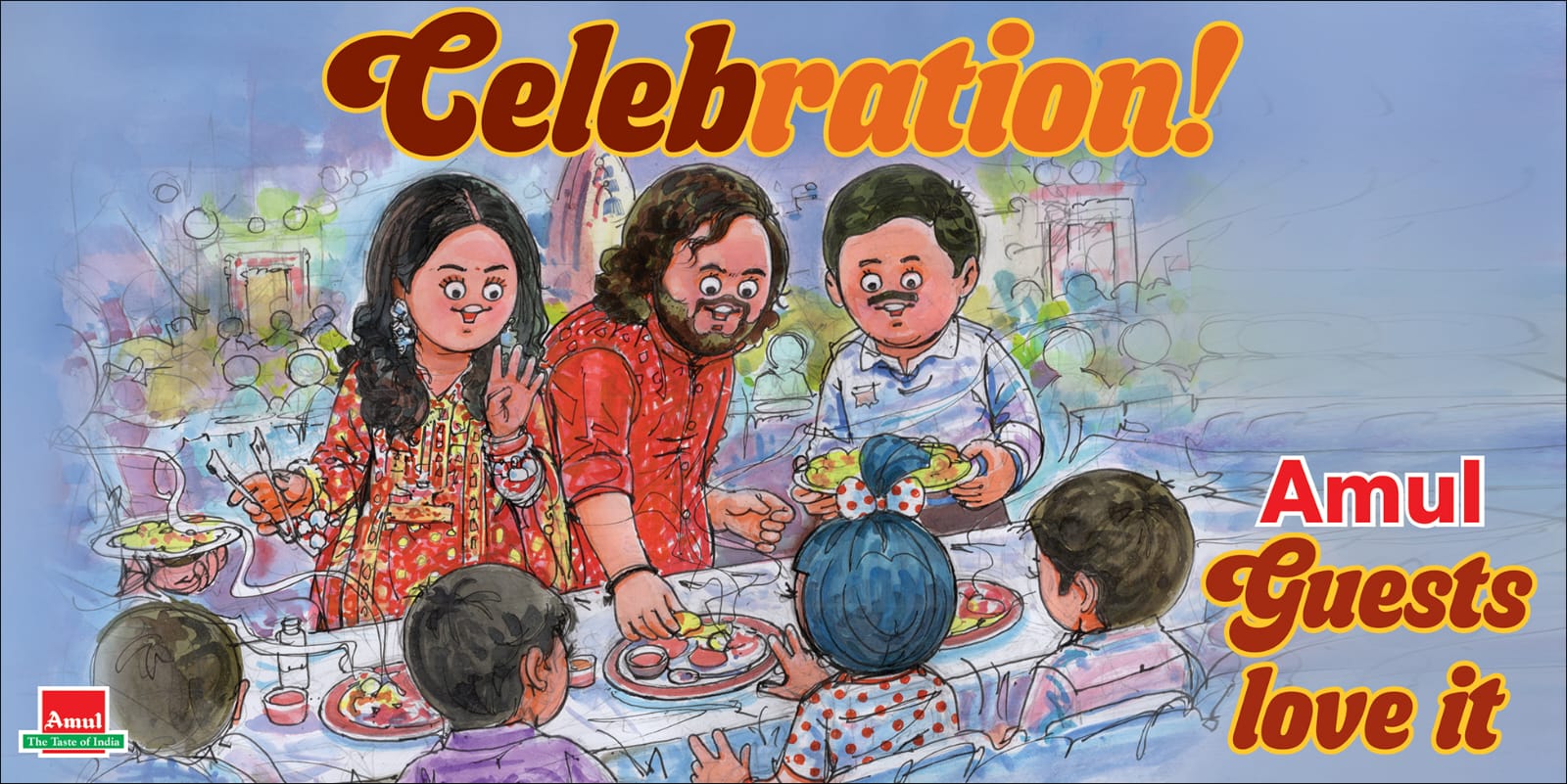It’s been fascinating to see the public performances of two uber-rich Indian families in the past few days. A study in contrasts despite the similarities: both families are extremely wealthy in a country that’s lower middle income, both have sold the story of their humble beginnings, both have “self-made” men playing (or have played) a central role in the origin story, both have their women-folk play “cultural” roles and setting cultural trends, both are subjects of popular content like books and films, both are deeply religious and caste-observant, and so on.
The contrast, though is more striking: one family is currently omnipresent with their ostentatious over the top celebration of a scion’s pre-wedding with celebrities and media in subservient attendance. On the other hand, this family tries to project wealth by hard-selling their humility and modesty with carefully curated and crafted life stories, often with a sly mention of their net worth.
These behaviours are worthy of a deeper sociological study; while much effort and money is spent on understanding the sociology of the less fortunate, the ultra rich are spared such scrutiny, maybe because of the mistaken belief that we spend more tax money on the poorer therefore we “need to know”, while the reality may well be that the ultra rich get more share of public money than the rest of us.
But they do get our attention; they’re there on every media we consume, they’re the subject of discussion among us. They have their dedicated set of followers – though I get the impression that the richer among the two has more fanatical and vocal fans than the “humble” one.
Even more fascinating is our reaction to the play that we see enacted on our screens. These tell us more truths about ourselves than we would like to hear.

Leave a Reply